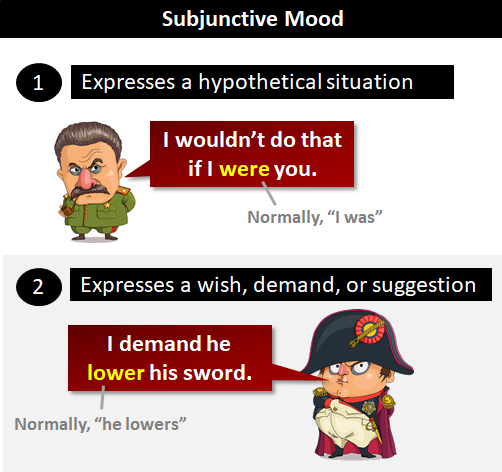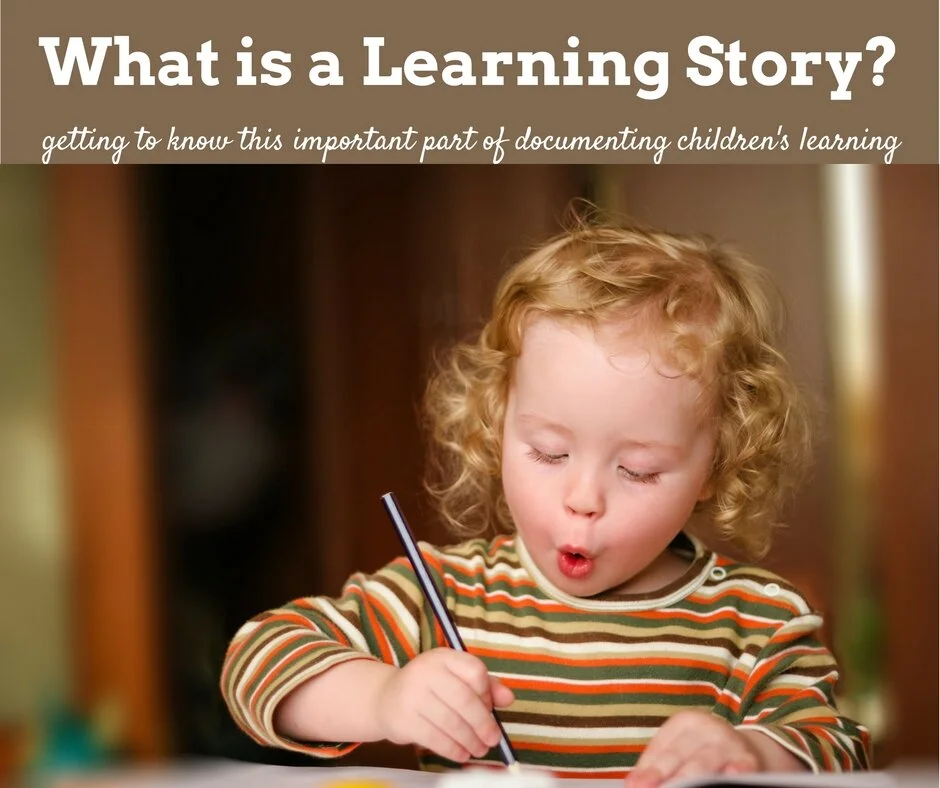The pair was originally used for two things that always occur together, as in a clean pair of heels, a pair of rosy cheeks. Then it was used for an object comprising two identical parts, neither of which existed on their own. A pair of scissors, a pair of trousers. In addition, two people or things linked together in some way but not necessarily as a fixed set formed a pair.
Read MoreThese are the three variations that can be found to express the concept that someone is making money out of something or someone. The most acceptable of these is profit from which is listed in the OED and which is evidenced in Google Ngram.
Read MoreThe use of the term mutant in biology is neutral. It just means that there has been a change in the genome of a living thing. Such mutations occur commonly, especially in viruses, and, for the most part, are harmless in that they are unsuccessful.
Read MoreWe have been invited to consider the distinction between efficacy and efficiency in the discussion around the various vaccines that have emerged as frontrunners of late.
Read MoreThere are two expressions which are confusingly close. One is to levy a charge against someone. The other expression is to level a charge against someone.
Read MoreIt turns out that the British talk about a swallow-dive with reference to the shape that a diver makes in the air, back arched, feet together and arms outstretched, before entering the water. The resemblance to a swallow diving through the air is clear.
Read MoreI was listening to an interview in which the speaker mentioned a variegated response to a proposal. This struck me as odd. I would have expected varied, not variegated which I think of as relating to patterns of colour.
Read MoreEnglish has shown increasingly little interest in the use of the subjunctive. Were I to express my druthers in this, I would say that this is cause for regret. Note the subjunctive were followed by would.
Read MoreThe discussion triggered by the unfortunate death of a horse in the Melbourne Cup produced instances of both these forms. I have to admit that euthanase is more familiar to me but that is a sign of my age. It seems that euthanase is an Australianism. Everyone else in the world uses the form euthanise.
Read MoreThere is a subtle distinction to be made between a lesson and a learning, one which was clearly recognised by educators in the 20th century who placed great store on the learning process and the learning set which students needed to have to acquire lasting knowledge.
Read MoreIt occurred to me, slightly late in the day, that it is only Australians and New Zealanders who would have found this a slightly salacious joke title. This is because we have the meaning of root which is labelled coarse in the OED, that is, ‘to have sexual intercourse’.
Read MoreThe term bully pulpit is, I would think, still not a term that Australians readily understand. It was originally coined in the early 1900s when Americans were familiar with the adjective bully meaning ‘excellent, outstanding’.
Read MoreThe Anglican Archbishop of Sydney, Dr Glenn Davies, was reported as saying that he had ethical objections to the Oxford vaccine because it used cell lines from an electively aborted foetus. Dr Davies was reported as saying: I probably would [wait for an alternative vaccine] but that would be a personal decision of mine and not a decision that I would bind anyone’s conscious with’.
Read MoreThe essence of being difficult is a deliberate and somewhat cantankerous opposition, either to a plan that is proposed or to the uniform thinking of a group.
Read MoreCoon cheese is a popular cheddar in Australia, but its name is derived from an American parent company in Philadelphia. Coon cheese was developed by a new process which matured the cheese at a faster rate than usual by keeping it in high heat and humidity.
Read MoreOne of the reactions to the Black Lives Matter movement is a desire to clean up the hidden and taken-for-granted racism in our language. Twitter has announced that it will change its house style to remove master and slave from its texts.
Read More‘If given room to breathe, the cream will rise to the top and the rest will follow suit.’ I don’t think this writer was trying to be funny.
Read MoreTo eradicate a plant is to pull it out by the root which, as every gardener knows, is the best way of making sure that it never grows again. To eliminate something is, in its literal sense, to throw it out.
Read MoreI read this construction recently, in the sentence A person who hoards goods, denies them from their neighbour. The more acceptable form is to deny something to someone.
Read More


















